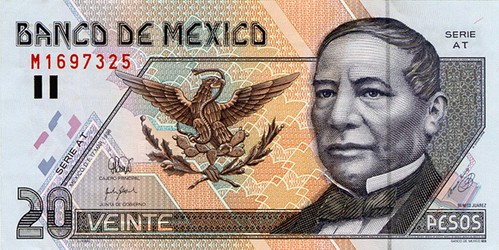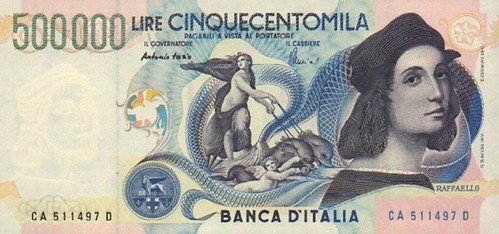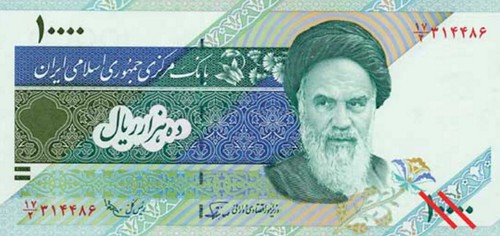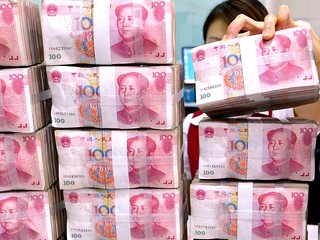
PREV ARTICLE
NEXT ARTICLE
FULL ISSUE
PREV FULL ISSUE
HOW THE WORLD'S CURRENCIES GOT THEIR NAMES
This article from Business Insider discusses how several of the world's currencies got their names. Some interesting facts
here, some I wasn't aware of. Here's an excerpt - see the complete article online. -Editor
From country to country, monetary units vary nearly as much as the cultures and languages that use them. But have you ever wondered why a dollar is called a "dollar"? A recent post on the Oxford Dictionary's OxfordWords blog explained the origins of the names of the world's most common currencies. In the slides below, find out where these everyday words come from. Dollar
According to OxfordWords, the Flemish or Low German word "joachimsthal" referred to Joachim's Valley, where silver was once mined. Coins minted from this mine became "joachimsthaler," which was later shortened to "thaler" and which eventually morphed into "dollar." Peso

"Peso" literally means "weight" in Spanish. Lira

The Italian and Turkish "lira" come from the Latin word "libra," meaning "pound." Rial

The Latin word "regalis," meaning "royal," is the origin for the Omani and Iranian "rial." Similarly, Qatar, Saudi Arabia, and Yemen all use a currency called the "riyal." Before the euro, Spain used "reals" as well. Chinese yuan, Japanese yen, and Korean won

The Chinese character "圓," meaning "round" or "round coin," is responsible for the name of the Chinese yuan, Japanese yen, and Korean won. Dinar

Jordan, Algeria, Serbia, and Kuwait all call their currency "dinar." This is a pretty straightforward truncation of the Latin word "denarius," which was a silver coin used in ancient Rome. Forint

The Hungarian forint comes from the Italian word "fiorino," a gold coin from Florence. The fiorino had a flower, or "fiore" in Italian, stamped on it. To read the complete article, see:
Wayne Homren, Editor The Numismatic Bibliomania Society is a non-profit organization promoting numismatic literature. See our web site at coinbooks.org. To submit items for publication in The E-Sylum, write to the Editor at this address: whomren@gmail.com To subscribe go to: https://my.binhost.com/lists/listinfo/esylum All Rights Reserved. NBS Home Page Contact the NBS webmaster 
|